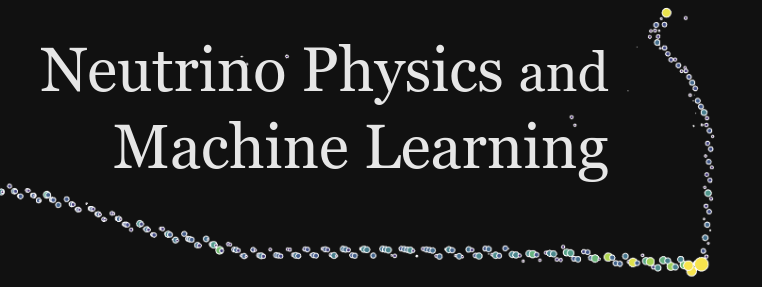Speaker
Description
Deep learning tools are being used extensively in high energy physics and are becoming central in the reconstruction of neutrino interactions in particle detectors. Some neutrino experiments are already using them, for example, for distinguishing among different neutrino topologies.
In this talk, we report on the performance of a graph neural network (GNN) approach in assisting with particle flow event reconstruction. In order to study the potential of GNNs for neutrino event reconstruction, we have developed a GNN - inspired by GraphSAGE algorithm - and tested it on the Super Fine-Grained Detector (SuperFGD), a new fully active 2-ton target made of about 2,000,000 optically isolated 1x1x1cm^3 scintillator cubes, read out by three-wavelength shifting fibres. It will be installed at the Near Detector site of the T2K experiment in 2022.
Despite the usage of optical reflectors, scintillator detectors show a small amount of light leakage between adjacent volumes, named cross-talk, that can worsen the separation between particle tracks and introduce more ambiguities (ghosts) in the 3D reconstruction. The GNN has been designed for classifying the 3D reconstructed voxels into three categories: particle track, cross-talk and ghost-like. It has been tested on Monte-Carlo simulated events showing promising classification performance both in purity and efficiency. The robustness of GNN has been tested by training it on diverse samples.



